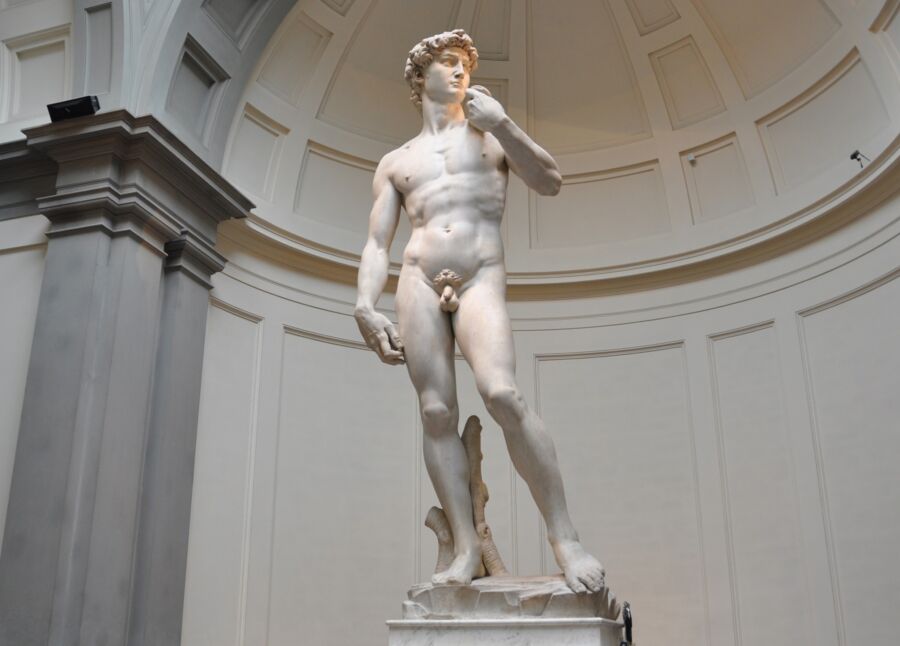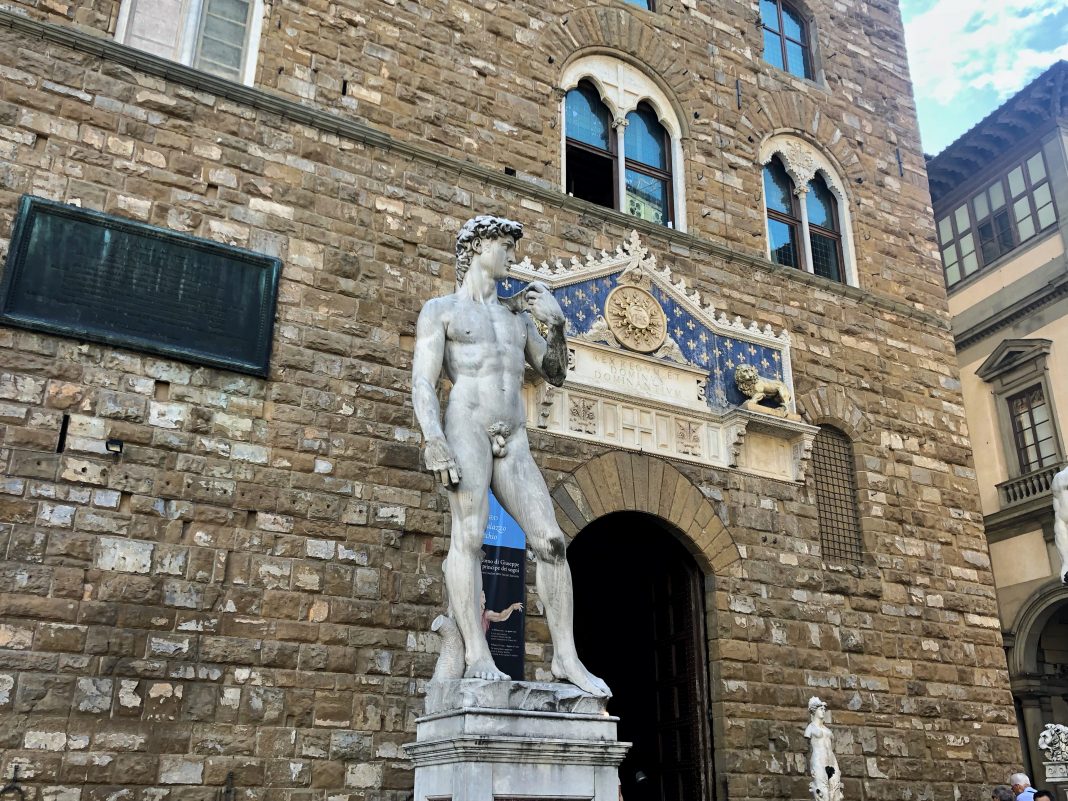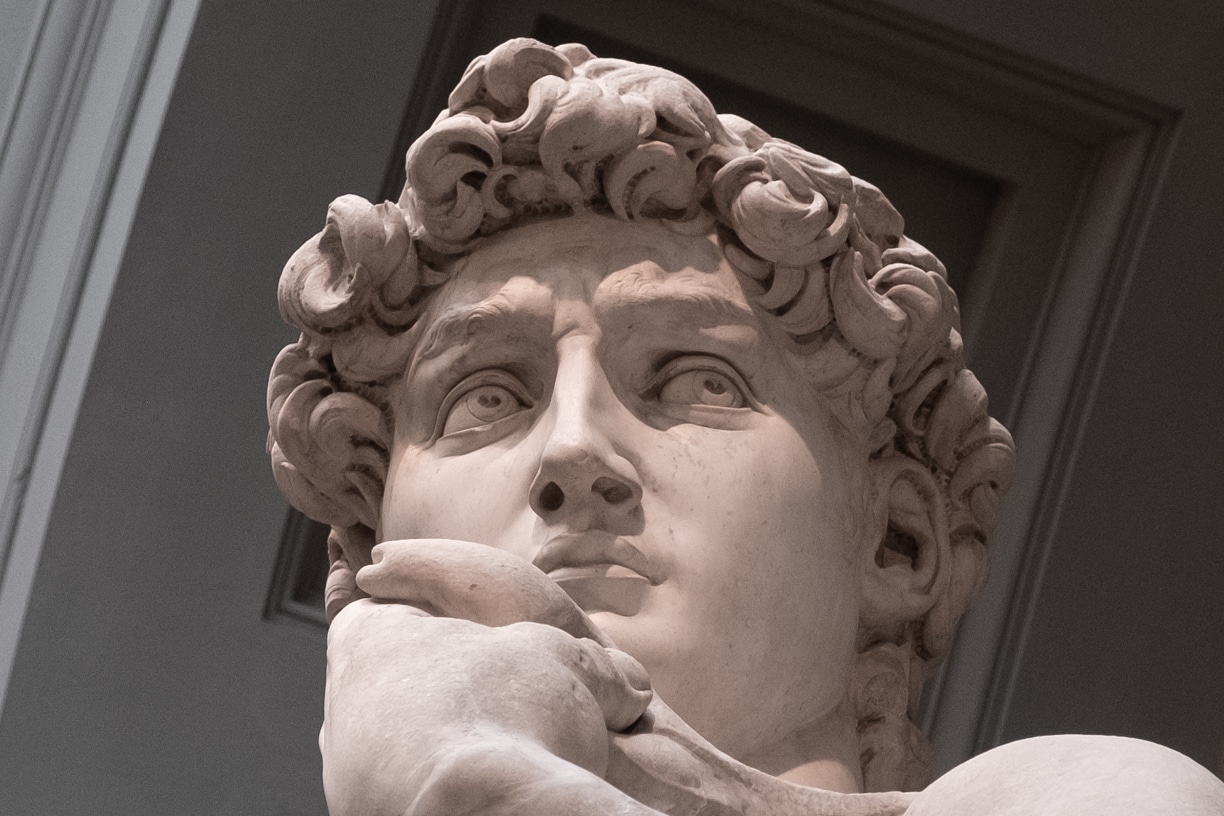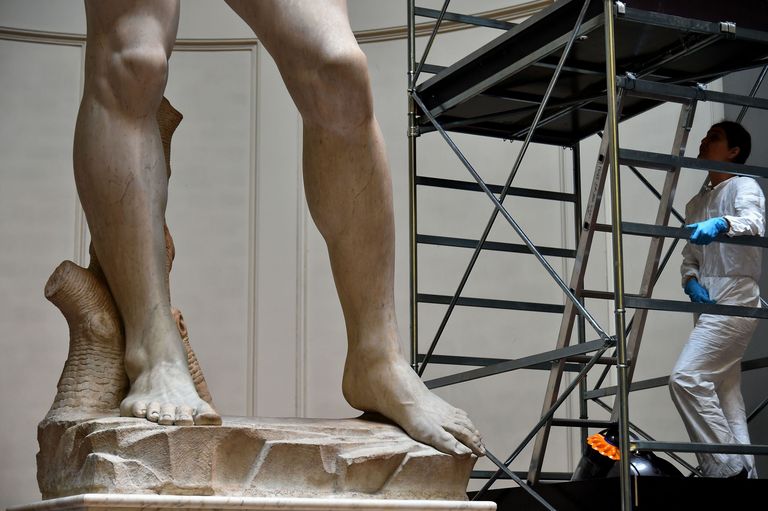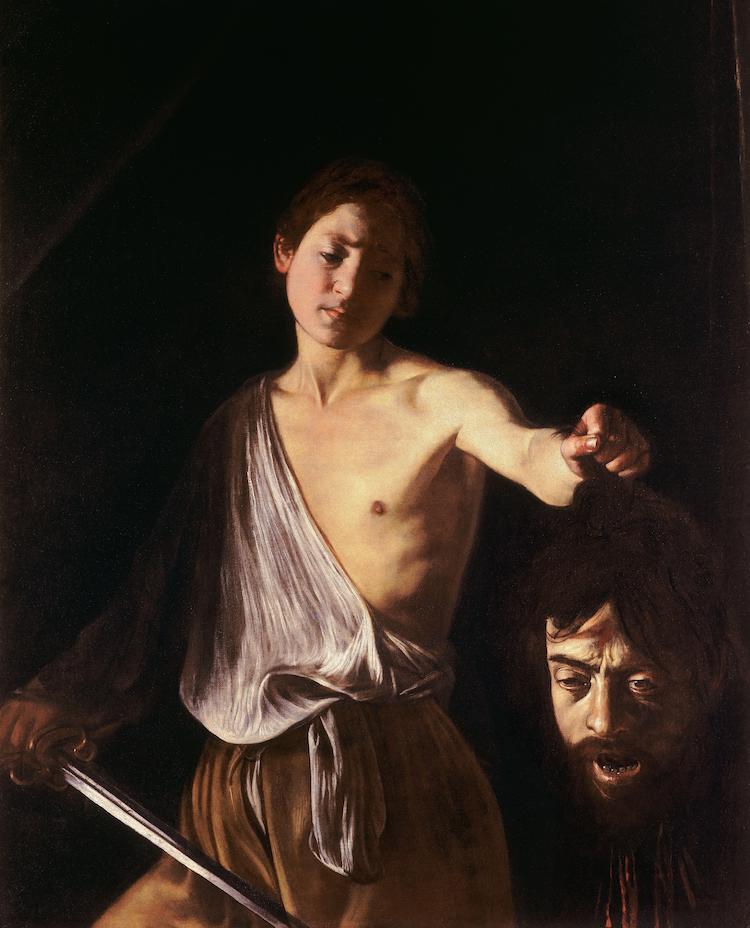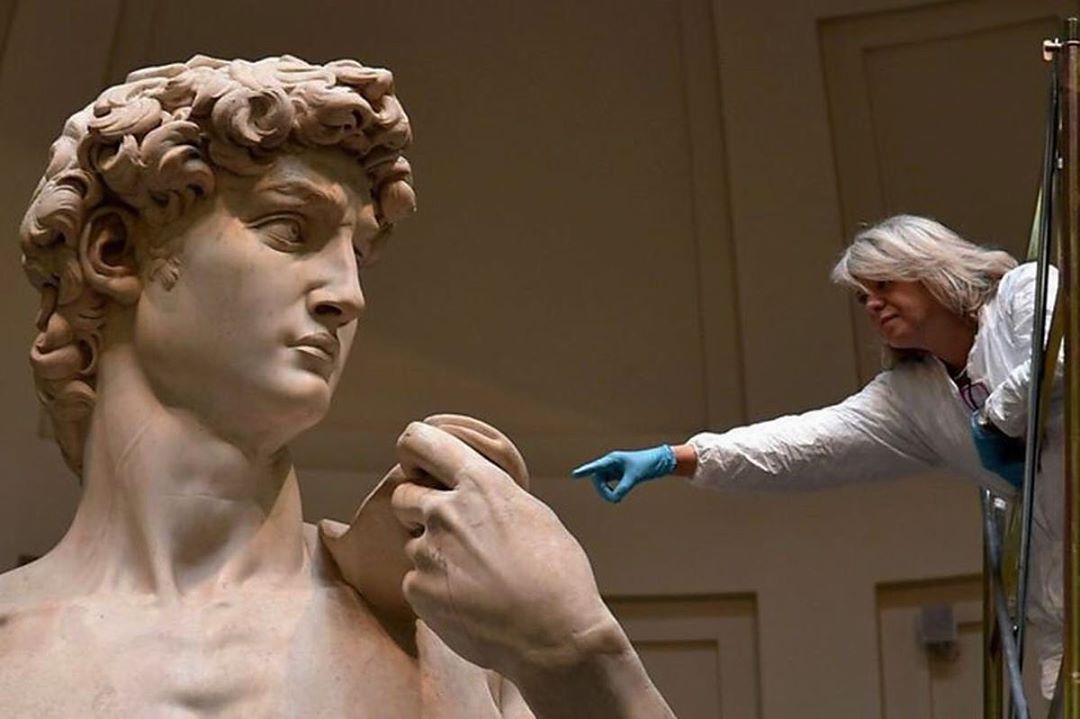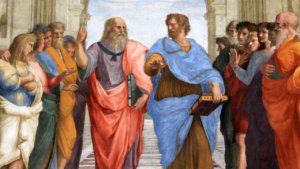Almost every person in the world knows the statue of David or the statue of David and its master artist Michalango. For some, David is a faint silhouette in their minds, for others, it is such a fascinating masterpiece that it can be painted without even looking at the paper. Arguably one of the best-known works on our planet, Michelangelo ‘s David is housed in the Galleria Dell’Accademia in Florence.
Statue of David Meaning: The Story of the Statue of David
David actually refers to David, who is mentioned in many scriptures. In the best-known story of David, David battles and defeats a magnificent Philistine giant, Goliath, without any armor, using only a slingshot. David immediately cuts off Goliath’s head with the sword in Goliath’s hand.
Whose Statue of David?
The statue of David belongs to Michelangelo.
The story of David attracted attention especially during the Renaissance, when the events in the Bible were heavily evaluated by artists. While there are countless Renaissance works that tell the story of David, none have been as memorable and breathtaking as Michelangelo’s David.
“I created a David in my mind and I carved out of the marble anything that wasn’t David.” Michelangelo
Where is the Statue of David?
One of Florence’s leading sculptors, Michelangelo, who was only 26 years old when he started working on David, actually began carving David for the Cathedral of St. However, when Michelangelo finished carving the 6 tons of marble, it became clear how impossible it was to remove this work. For this reason, the statue of David fascinated those who saw it in all its glory in Palazzo della Signoria from 1504 to 1873, primarily to remind the power and strength of Florence. The statue of David was placed in its current home, the Galleria Dell’Accademia in Florence, in 1873.
Unknown Facts About David
1) That Marble Nobody Wants to Carve
Regarding the Michelangelo statue of David, the marble Michelangelo used to carve David was not preferred by two important sculptors before because it would be too difficult to work on. It took 42 years to be rejected by other sculptors and waited for that marble, which would carry David’s immense glory, to meet Michelangelo and turn it into a masterpiece.
2) David Was an Important Symbol of the Florentine Republic
At a time of orderly political change, the statue of David became a symbol of the power of the Florentine Republic. Like David’s confrontation with Goliath, the Republic was then threatened by states far more powerful than itself. With the placement of David directly in front of the Piazza della Signoria, the symbolic power of Michelangelo’s statue of David was consolidated in the eyes of all peoples. David became one of the most important political figures representing freedom and the republic at that time.
3) Michelangelo’s Salute to the Masters
It took 500 years to uncover one of the greatest secrets of Michelangelo’s David. David’s biggest secret is that he is actually cross-eyed. Art Historians actually think that this strabismus was deliberately placed by Michelangelo as a trick of perspective. It is believed that this flaw of David, which has been defined as the highest point of male beauty for centuries, was given by Michelangelo as a sign of respect for his Roman masters, whom he always took as an example and inspiration. With the imperceptible flaw he placed in David, Michelangelo signals to us that his art is no superior to that of his Roman masters.
4) The Fall of the Political Symbol
Of course, being a political icon has its upsides as well as its downsides. Perhaps David is one of those works of art who knows best about these bad aspects. The statue of David was the target of angry crowds in the early days when it was placed in front of the Piazza della Signoria as a symbol of the power and splendor of the Florentine Republic. The first attack on David was in times of political instability through the stones. In the second attack on Davut, the protesters managed to break David’s arm in 3 places.
5) One True David, Thousands of Copies
There are many Davids in the world. Within the borders of Florence alone, there are 2 life-size, highly convincing replicas of David. While the real David waits calmly in the Galleria Dell’Accademia, a full-size replica of him awaits in its original place in front of the Palazzo Vecchio, as it was during the time of the Florentine Republic. There are 30 of these life-size Davids worldwide. Again, there are hundreds, even thousands of small statues of David all over the world.
6) David’s Nudity Created Scandalous
In 1857, when the Duke of Tuscany presented Queen Victoria with a replica of David, it made the court blush. The Queen considered David’s naked body scandalous. This attitude of the Queen caused the creation of a fig leaf for David. Whenever the queen visited David, this fig leaf was easily attached and removed, thus hiding David’s naked body. We should add that this fig leaf is very popular with art lovers and other museums .
7) David’s Property Sets the Italian Government and Florence against Each Other
That’s the big question. Who does David belong to? To the city of Florence, where it was created and home, or to the entire Italian nation? When the calendars showed 2010, a dispute took place between the Italian government and the city of Florence over the ownership of the statue. Florence solidified its claim to ownership by saying that 500 years ago the city itself paid for the statue’s construction. The Italian government responded to this claim of the city of Florence, saying that it financed the move of the statue to the state-owned museum, Galleria Dell’Accademia, and that it had taken all financial steps to preserve the statue for over 150 years.
This conflict between the Italian government and Florence carries economic as well as cultural concerns. In the Galleria Dell’Accademia, the contribution of those who visit David to the economy is transferred directly to the Ministry of Culture, which is affiliated to the state. This property dispute between the Italian government and the city of Florence has not yet been resolved.
8) A Non-David Part
You may have noticed the tree trunk behind David’s right leg. Michelangelo didn’t actually place this item on the back of David’s leg for visual purposes. This tree trunk is not there to make sense in the scene created. The tree trunk was placed in order to realize the technique used by Michelangelo to preserve the structural integrity of the colossal sculptures.
Doing too much carving on large marbles puts a lot of stress on the marble blocks, and this stress can cause the marble to crumble. You can now notice this technique used not only in David but also in many sculptures.
9) Gold Covered David
The statue of David was not always naked as it is now. Initially, some parts of the statue were decorated with gold leaf. The tree trunk we mentioned in the previous article and the slingshot that went around David’s body gleamed in gold. There was also a wreath covering the hero’s hips and protecting his private parts on the statue. David’s time spent in open space in the Palazzo della Signoria for 400 years caused these golden details to disappear over time. If only you could think of the days when David was adorned with gold when the Duke of Tuscany presented a replica of David to Queen Victoria.
10) Michelangelo’s Statues Are Attacked
Two of Michelangelo’s most famous statues were destroyed by people. One of them, of course, is David. David, in 1991, a vandal named Piero Cannata, using a chisel, damaged part of the toes on the left foot of the statue. Cannata used these words in her statement: “Paolo Veronese’s Beautiful Nani asked me to do this.” However, there was an interesting point in Cannata’s statement. Paolo Veronese, a painter contemporary of Michelangelo; Beautiful Nani was one of Paolo Veronese’s paintings.
In 1972, a geologist named Laszlo Toth broke the balustrades of St. Peter’s Basilica and formed the nose, forearm, part of the palm and eyelid of the Virgin Mary in Michelangelo’s Pieta. When this attack took place, some people jumped on Toth and tried to prevent him from damaging this magnificent work of art, while others stole Pieta’s pieces that fell on the ground and left the scene. About those who steal away with the pieces, Pope IV. All the missing parts were completed within 5 months when Paul spoke rather harshly and ordered them to return the parts.
12) The Power of the Moment when David Encounters Goliath
Many artists who have depicted David’s story with the cruel giant Goliath have chosen the moment when David defeated Goliath as the depiction moment. Examples of these artists are the works of Caravaggio and Donatello. At this point, Michelangelo puts the other David depictions aside and reveals his difference. Michelangelo’s David is a David who will nearly start a fight with Goliath.
So much so that it can be understood from David’s eyes and the tension on his face how uneasy he was. Also, when you look at the depictions of David in general, you can see that David is depicted as a young boy. Here again, Michelangelo reflects his own point of view with his admiration for Ancient Greek works, with his work that will draw the limits of male beauty for centuries.
13) David Has Massive Dimensions
Those who have not carefully studied the statue of David may assume that David is human-sized. However, this would be a big mistake. Carved from a six-ton marble, David is exactly 5 meters 16 centimeters long and weighs 5,660 kilograms. In addition, the marble in which David was carved is one of the whitest marbles in the world.


